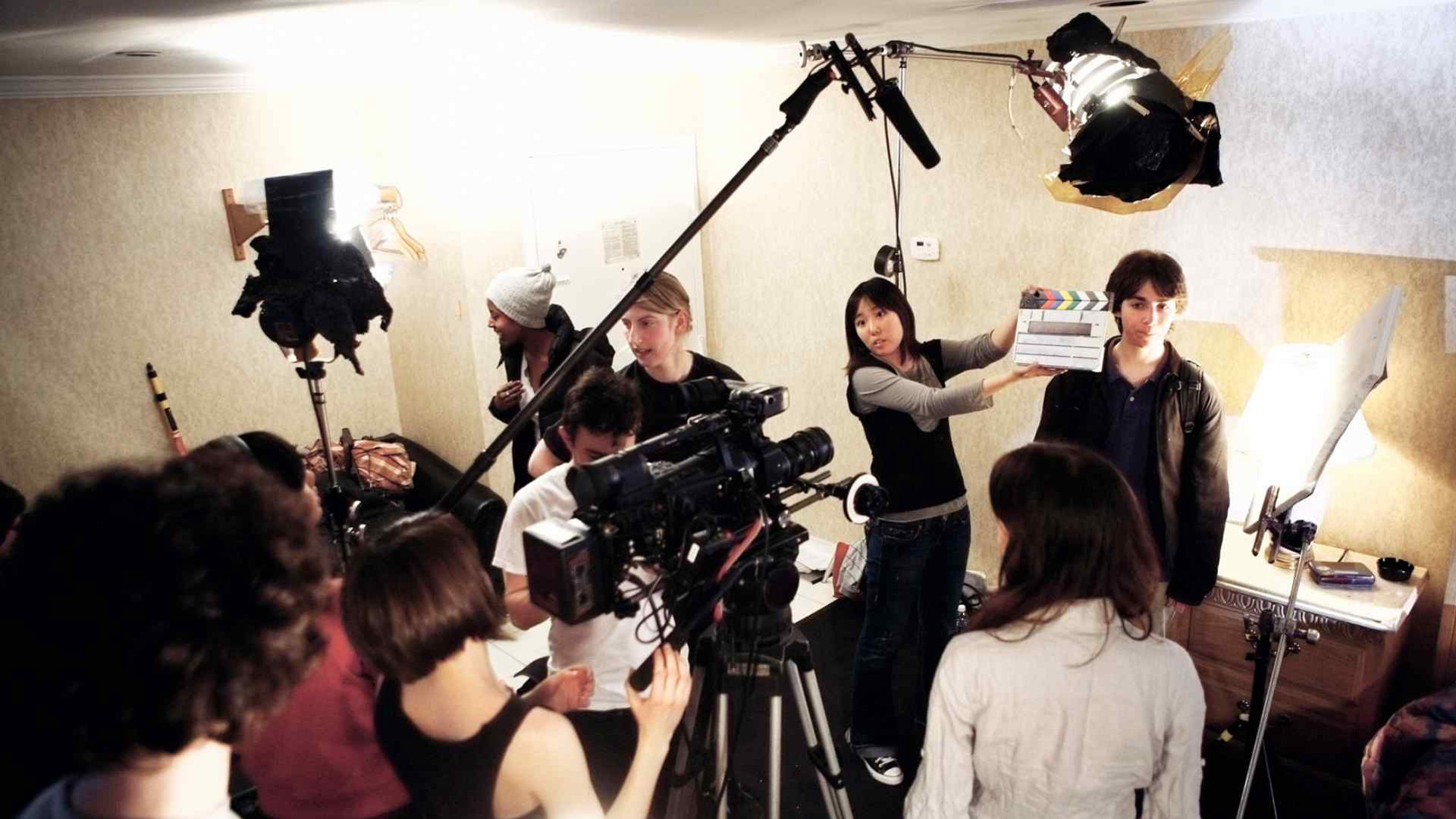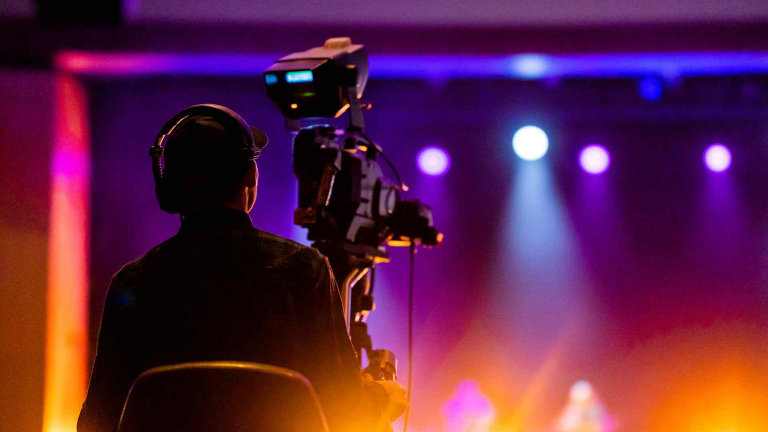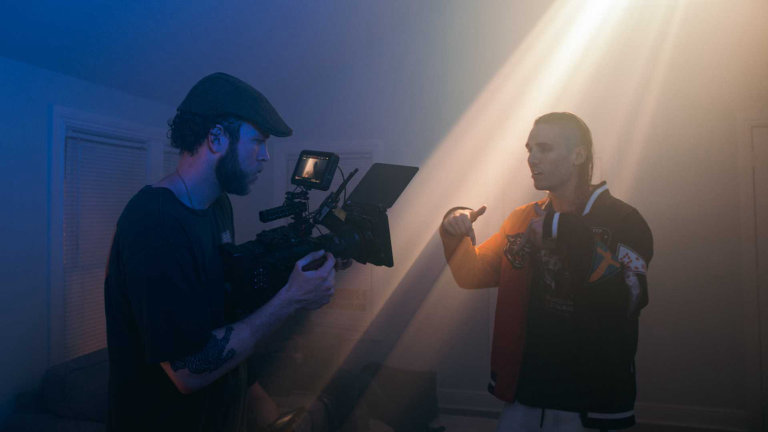
Building a Film Crew
Behind every great film is a strong, organized, and motivated crew. Even if your project is small, having the right people in the right roles can make the difference between chaos and success. For emerging filmmakers, learning how to assemble and lead a crew is a skill as important as directing itself.
1. Start with What You Need
Before recruiting anyone, define the scale of your project. A five-minute short may only need a few people, while a complex shoot requires multiple departments.
- Director of Photography (DP) or Cinematographer
- Sound Recordist
- Production Assistant
- Editor
- Lighting or Grip Assistant
Build around your story and budget. It is better to have a small, efficient team than a large, disorganized one.
2. Look for Passion and Reliability
Technical skill matters, but dedication matters more. Filmmaking often involves long hours, problem-solving, and creative flexibility. Choose people who share your enthusiasm and can handle pressure calmly.
3. Network within Creative Circles
- Post on platforms like Mandy, Stage 32, or Facebook film groups.
- Attend local screenings or meetups.
- Offer mutual credit or portfolio-building opportunities.
4. Define Roles Clearly
Confusion about responsibilities causes tension on set. Clarify who is handling what before shooting begins.
- Director focuses on performances and creative vision.
- DP manages camera work, lighting, and framing.
- Producer handles logistics, scheduling, and permits.
- Sound Recordist ensures clear audio capture.
5. Hold a Pre-Production Meeting
Share the script, schedule, and storyboards so everyone understands their part. This helps build trust and keeps production aligned.
6. Communication Is Key
- Use shared folders like Google Drive.
- Group chats for rapid updates.
- Always confirm call times the night before.
7. Respect Each Role
Even small roles contribute to the final product. Show appreciation and professionalism to encourage stronger performance.
8. Plan for Flexibility
Weather changes, gear fails, delays happen. A calm crew that can adapt keeps morale high and production moving.
9. Feed and Credit Your Crew
Providing meals, water, and proper credit shows respect and helps build long-term relationships.
10. Build Long-Term Collaborations
When you find the right people, continue working together. Shared history builds trust, speed, and artistic chemistry.
Your crew is your creative family during production. With the right team, even small films can achieve professional results and unforgettable storytelling.






